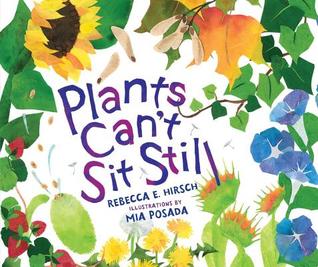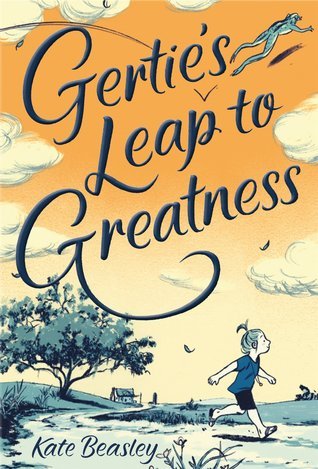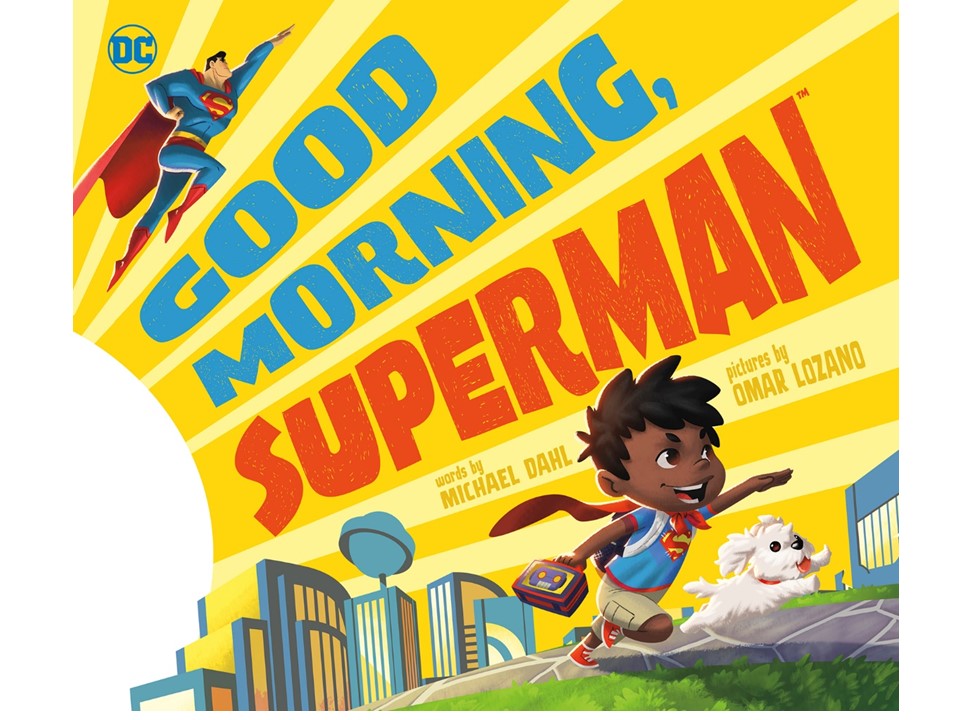Owen Davey, author/illustrator of Smart about Sharks, was kind enough to answer some questions about the process of creating the book.
1. How closely do you work with the art department at the publishing company? Since you do the text and the illustrations, you don't have to turn the book over to someone else to be illustrated. but how much control do you have over the size of the book, the cover, and other design features?
As Smart About Sharks is intended as a follow up to Mad About Monkeys, we felt it was important to keep a continuity in terms of size of the book and the way it's constructed and the cover image etc. so that it feels part of a series. In terms of the design features, one of the reasons I like working with Flying Eye Books is that they don't interfere where it isn't necessary. Edits are made when they need to be, to improve clarity or something. But most of the time, I have free reign on the work, which is wonderfully refreshing.
2. My female students love animal books as much as the males do, but they are not always happy with the aesthetic appearance of nonfiction books. I think Smart About Sharks will not have that problem. Why was pink chosen as the background color for the cover?
That was actually the choice of Flying Eye Books, so you'll have to ask them on that one. But I was super happy they asked for it. I've worked with several publishers before who are terrified of the colour pink, but I love it. And personally, I have absolutely no idea why pink should be considered a feminine colour. It was only in the early 20th century that we in the western world deemed pink as a colour for girls and blue for boys.
3. The way you broke the information down into chunks is wonderful. How did you decide in which order to present the various facts?
A lot of planning. I want these books to have an obvious flow to them, so that you're not just flitting all over the place, but have something that leads into the next page. So I tried to think of the questions that might come out of one page and see if I can answer them on the next. Or focus in on a specific shark that perfectly represent what the text has just been talking about. It takes a lot of work to pin everything down and choose the correct location for everything. And luckily I have an editor to help trim it all down and provide suggestions for better ways to link stuff.
4. You also have catchy headings for each section. Do you think young readers will catch the references to famous phrases (such as "All Fins Considered" or "Eat, Prey, Hunt")? Or did you put those in there just for the adults who will be reading along with many of those youngsters?
These books are intended to appeal to a wide audience. There are facts in there that I'm sure most people wouldn't know, young or old. The illustrations are built to appeal to both the children and adults too (after all, I'm sure many adults will be reading the book to their kids). Some people might get the references. Some might not. Some kids might. Some adults might not. They're just a bit of fun really. I love words and playing with words and puns are a fun way to do that.
5. How did you research all these facts? Did you visit aquariums and talk to lots of marine biologists, or stick with books and online sources? Have you ever been in a shark cage to observe them in their natural habitat?
My research for these books is always pretty intense. I start at the surface and quickly start delving deeper into more information about the stuff that interests me. This involves any information in any form that I can get my hands on. There were aquariums for sure. But mostly books, scientific papers, charts, sifting through the internet, watching documentaries etc. I haven't spoken to any Marine Biologists directly about it, but would watch interviews with Ichthyologists. And Flying Eye sent the text to a wonderful Consultant, Dr Helen Scales (how perfect is that name!) to double check the facts. The research requires a lot of checking of facts against lots of sources because so often research is outdated, information is over-simplified in a misleading way, or people just downright lie. And it's not just the internet. I've found many books and documentaries that are guilty of using misnomers or inaccuracies. I'm keen for my non-fiction books to be as correct as possible, and have received a number of emailed compliments from experts in the field you enjoy the level of science the books use, which makes me very proud.
6. You also created the book, Mad About Monkeys. Will you be doing more books in this style? If so, can you reveal what animal you will be focusing on next? Do you get to choose the topics, or does the publishing company have specific animals that they have asked you to include?
Yep. I'm working on one right now. I don't think I can reveal the next animal yet, but trust me, they're cool. The choice of animals is a discussion. This next one was my idea.
Since several of these were questions with follow-ups, I don't want to bog you down with too many more. Is there anything else you would like to share about being an author/illustrator, your creative process, or how you became interested in making books?
I've also loved picture books. I love reading and I love illustration. As a kid I always wanted to do what I'm doing now. A genuine dream come true. Which is ace!
-- Thank you to Owen for satisfying our curiosity about what it is like to create an awesome nonfiction book. --












